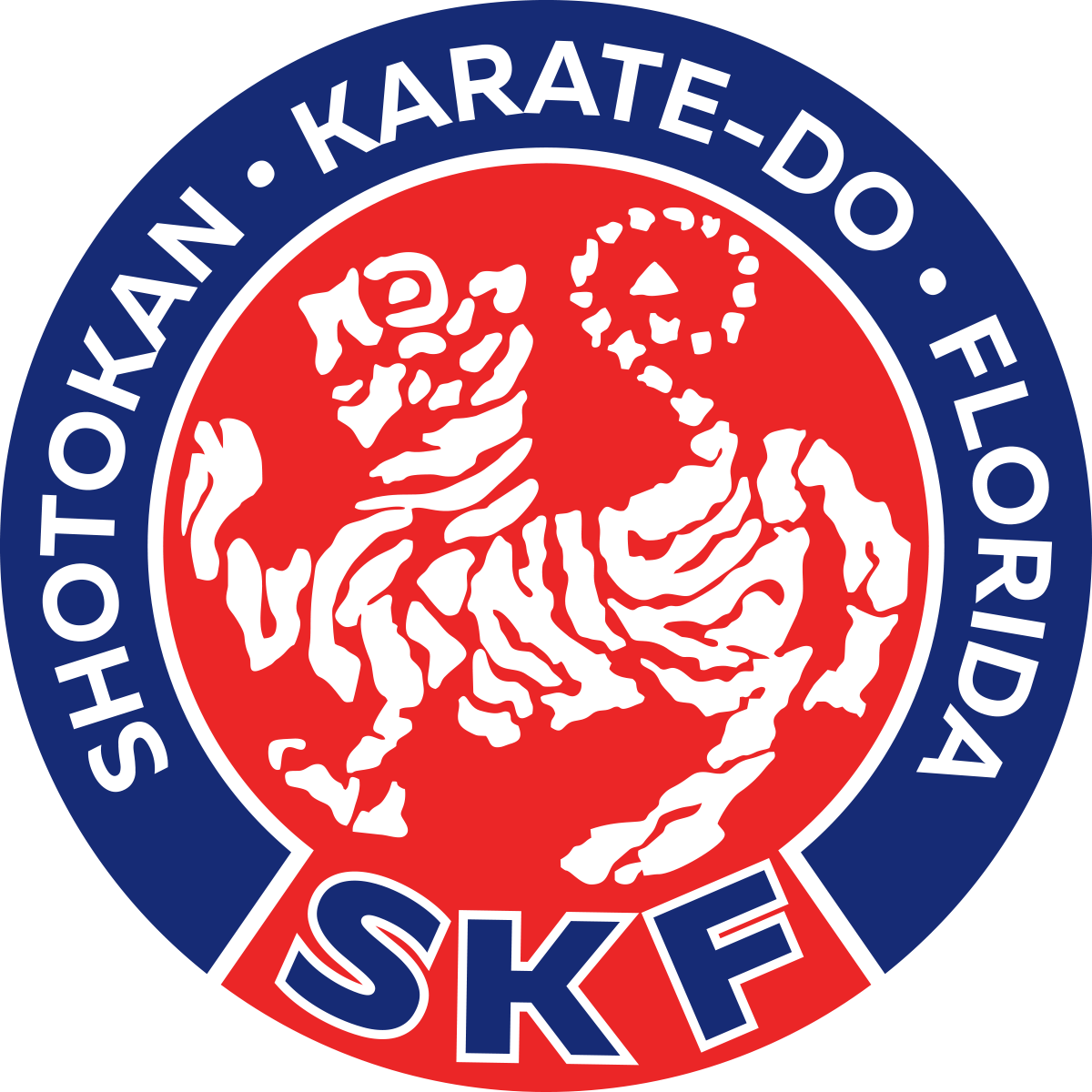WHAT IS SHOTOKAN KARATE?
Shotokan is a karate style developed philosophically by Master Gichin Funakoshi and technically by his son Yoshitaka (Gigō) Funakoshi. Shotokan is the first karate style of Japanese origin. It is also considered to be one of the first karate styles organized internationally and remain as the most practiced Karate-Do style in the world. It is named after the first dojo stared by master Funakoshi in 1936 and became officially recognized in 1939. In honor to their Master, Funakoshi’s students named the place where he taught Shotokan and this denomination was the one that ended up being associated with the style. As a side note it is worth mentioning that Gichin Funakoshi never called his martial art by another name besides the generic Karate.
Mater Funakoshi is considered the father of Karate Do. He blended the style of Itosu and Azato ( his two teachers ) to create a different type of karate and for this reason at the beginning the main difference between Funakoshi's Karate and the other Okinawan Masters was the emphasis of including a moral and philosophical formation (based mainly on Chinese Confucianism and Buddhism Zen), which seeks the balance between body and mind. Shotokan is characterized by straight punches and angular blockages, maintaining low positions during much of its execution and by long preparatory movements in its actions intended to enhance attacks and defenses. Also, emphasized big hip movements and long stances and high kicks, unlike the native Okinawa styles in which the positions are higher and closed and where the combat is performed at medium or short distances.
Shoto is the Japanese word that describes the sound of the wind blowing through pines trees. Back in time when Gichin Funakoshi was young, near Shuri (his home town) he observed on Mount Tarao (Tiger's Tail) how the wind caused the top of the trees to move which reminded him of the waves of the sea (Gichin Funakoshi used this comparison in his poetry and in philosophical writings for his students). Kan means in Japanese school or hall. The Tiger which is the official Shotokan emblem (in addition to its relationship with Mount Tarao), is based on a classic Chinese design meaning "The Tiger Never Sleeps" which symbolizes the tiger’s readiness for action and serenity of the mind.
Yoshitaka Funakoshi’s birth transformed the history of Shotokan, because Kumite (combat) was incorporated by him into the style. While his father had placed a greater emphasis on the Kata, Yoshitaka developed free fighting. Gohon Kumite (five-step combat) is where the attacker makes five consecutive attacks advancing and the defender blocks backing up applying a counterattack on the last defense. In 1933 he also structured the Kihon Ippon Kumite (combat technique), followed the next year by Jiu Ippon Kumite (free one step combat) and culminating with Jiu Kumite (free combat) in 1935. Yoshitaka also incorporated new leg techniques (Geris), such as Mawashi Geri, Yoko Geri Kekomi, Yoko Geri Keage, Fumikomi, Ura Mawashi Geri and Ushiro Geri.
WHY SHOTOKAN?
It’s a way for an individual to develop greater potential and expand the limits on its physical and mental capabilities. It’s currently the most practiced style in the world.
BENEFITS OF SHOTOKAN
Shotokan remains firmly rooted in a strong martial art tradition, focusing in life training for a healthy mind and body, rather than strictly as a sport.
